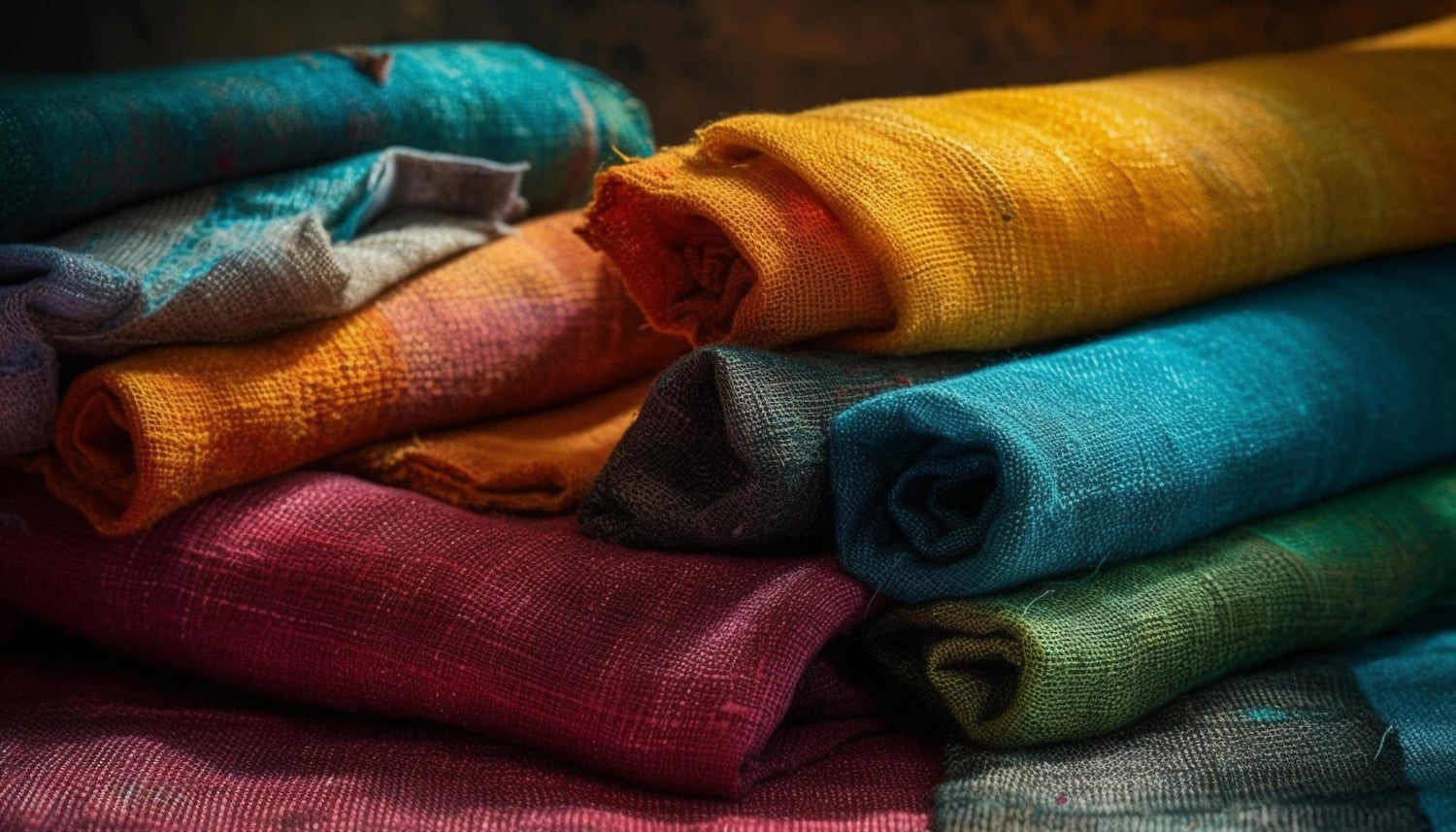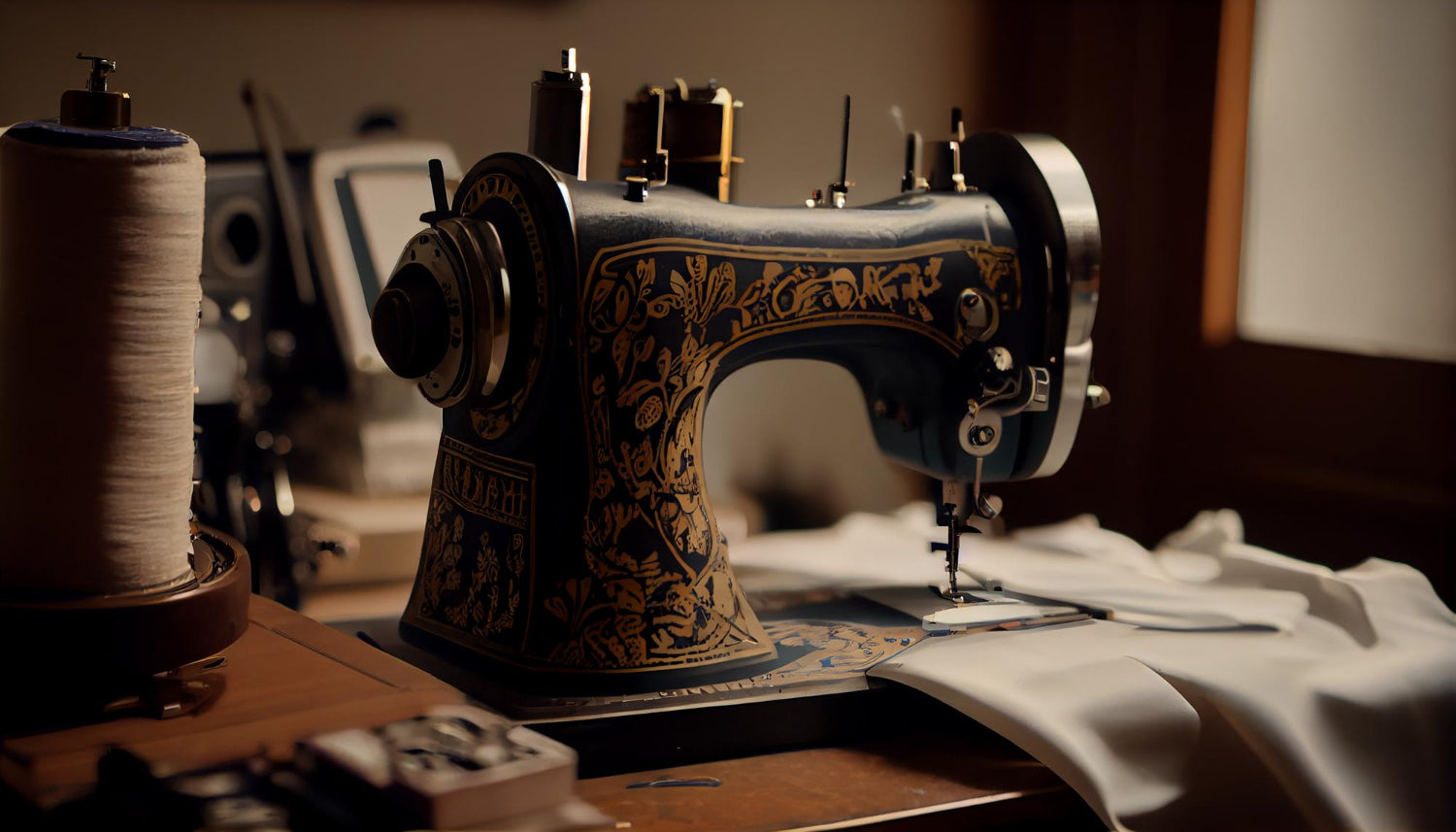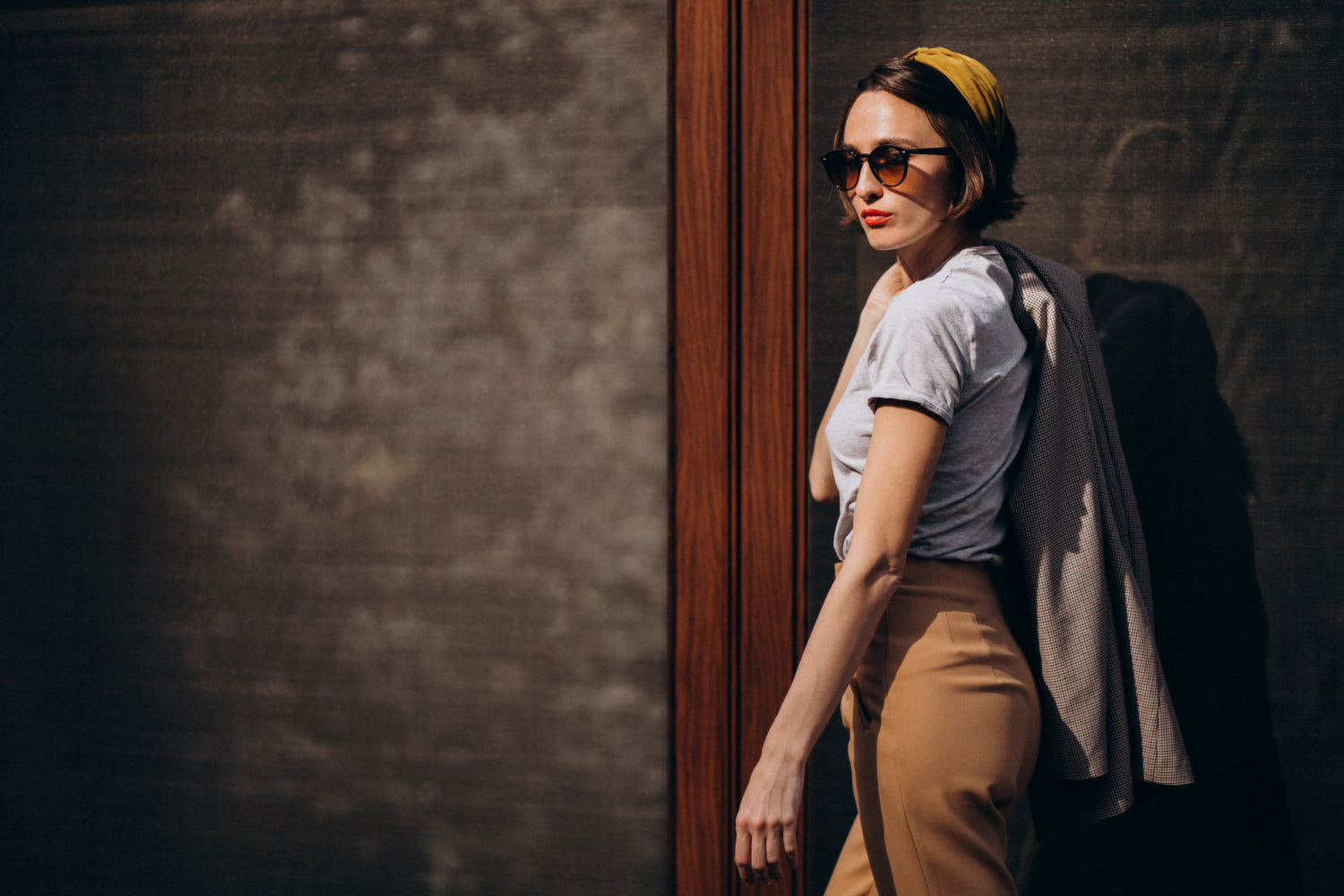
Choosing the Perfect Fabric for Your Couture Outfit: A Guide to Luxury Textiles
When it comes to couture fashion, fabric selection is much more than a practical necessity—it is the very foundation upon which elegance, comfort, and artistry are built. The perfect fabric breathes life into a design, accentuates craftsmanship, and enhances the unique personality of the wearer. For discerning women investing in bespoke couture, understanding luxury textiles is key to making informed decisions that elevate their wardrobe from ordinary to extraordinary.
In this comprehensive guide, we explore the world of luxury fabrics, unraveling their characteristics, qualities, and ideal uses so you can confidently choose the perfect fabric for your next couture outfit—whether it’s a gala gown, bridal wear, or festive ensemble.
Why Fabric Matters in Couture Fashion
Fabric is more than just material; it shapes the silhouette, influences drape, affects comfort, and dictates the overall expression of style. High-quality fabrics typically offer:
-
Durability: Resilience against wear and tear, preserving beauty over multiple wears.
-
Texture and Comfort: Smoothness or tactile character that feels pleasant against the skin.
-
Visual Impact: Sheen, color richness, and capacity to hold intricate embroidery or prints beautifully.
-
Drapability: How the fabric flows or holds structure, crucial for design integrity.
Choosing the right fabric is essential for both aesthetics and wearability—a mismatch can compromise the execution of even the most exquisite designs.
Types of Luxury Fabrics and Their Unique Charms
1. Raw Silk
Raw silk is a favorite in couture for its opulent texture and natural sheen. Unlike heavily processed silks, raw silk retains subtle slubs and irregularities that add character. It offers a firm drape and is ideal for structured garments like lehengas, jackets, and gowns where shape retention is key. Raw silk also absorbs dyes vividly, resulting in vibrant, lasting colors.
2. Chiffon
Known for its ethereal lightness and translucency, chiffon is a go-to for flowing gowns, dupattas, and overlays. This delicate fabric, made from silk or synthetic fibers, drapes elegantly, creating soft silhouettes that move gracefully. It pairs beautifully with lighter embroidery and beadwork, enhancing romantic designs.
3. Georgette
Similar to chiffon but slightly heavier and more opaque, georgette offers a textured, crinkly surface that adds dimension. It is versatile—suitable for dresses, sarees, and blouses—while providing more coverage and durability than chiffon. Georgette’s elasticity makes it comfortable for elaborate drapes and pleats.
4. Velvet
Velvet screams luxury with its plush, soft pile and rich depth of color. Ideal for evening wear and winter couture, velvet suits structured garments like capes, blazers, and fitted dresses. Its opulent texture naturally enhances embroidery and embellishments, creating dramatic masterpieces.
5. Organza
A sheer, crisp fabric often made from silk or polyester, organza adds volume and stiffness without weight, perfect for creating architectural shapes and dramatic sleeves. It’s a popular choice for overlays, ruffles, and bridal wear, lending a contemporary edge with its lucidity and sculptural qualities.
6. Brocade
Brocade is all about intricate jacquard weaving, often incorporating gold or silver threads to produce decorative patterns. This heavyweight fabric is synonymous with regal attire and traditional Indian wedding wear. Its richness and texture make it an excellent choice for statement pieces where heritage craftsmanship shines.
7. Satin
Sleek and smooth with a glossy surface, satin is prized for its sensual drape and formal appeal. It flows beautifully over the body, making it ideal for gowns and evening wear with minimalist yet striking designs. Satin also works well as lining fabric, enhancing comfort.
8. Crepe
Crepe fabrics stand out for their crinkled texture and fluidity. They combine elegance with comfort, excellent for tailored outfits requiring subtle structure with ease of movement. Crepe is popular for sarees, dresses, and kurtas, lending a softly textured finish.
Factors to Consider When Choosing Couture Fabrics
-
Occasion and Season:
Lightweight fabrics like chiffon and organza are perfect for summer events, while raw silk and velvet suit festive or winter occasions. -
Design Complexity:
Heavy embroidery or embellishments require sturdy bases like silk, brocade, or velvet, whereas delicate fabrics complement subtle handwork. -
Body Type and Comfort:
Consider how fabrics stretch, cling, or hold structure relative to your comfort and body shape to ensure flattering wear. -
Color and Dyeability:
Some fabrics absorb color more richly, influencing the vibrancy and longevity of your garment’s hue. -
Maintenance:
Luxury fabrics may require special care such as dry cleaning or gentle handling, a practical consideration for everyday or special-use outfits.
The Elegant Creations Advantage: Expert Guidance in Fabric Selection
At Elegant Creations, fabric selection is a collaborative and personalized process. Our expert stylists guide clients through curated samples, explaining textile origins, behaviors, and aesthetics aligned with the client’s vision and lifestyle. With access to premium, ethically sourced fabrics and artisans skilled in hand embroidery and finishing, we ensure your couture outfit is crafted from materials that elevate its beauty and wearability.
This bespoke approach transforms fabric choice from a daunting task into an exciting exploration, resulting in garments that are not just worn but treasured.
Care and Preservation of Couture Fabrics
Owning luxury textiles comes with a responsibility to maintain their luster:
-
Store fabrics and garments in cool, dry places with breathable covers.
-
Avoid prolonged exposure to direct sunlight to prevent fading.
-
Follow professional cleaning recommendations, especially for delicate or embellished pieces.
-
Handle with clean hands to preserve brilliance and prevent damage.
Proper care prolongs the life and originality of your couture investments, keeping them ready to dazzle for years.
Conclusion: Fabric is the Soul of Couture
Choosing the perfect fabric is an art that combines knowledge, intuition, and vision. Luxury textiles dictate not only how a garment looks and feels but also how it communicates your personal story. Whether it’s the shimmering sheen of raw silk, the flow of chiffon, or the intricate patterns of brocade, each fabric brings its own personality to your couture masterpiece.
With thoughtful selection and expert craftsmanship, your couture outfit becomes more than clothing—it becomes an expression of artistry, culture, and timeless elegance.
By entrusting your fabric choices to experienced ateliers like Elegant Creations, you ensure that your next couture ensemble is rooted in quality, individuality, and impeccable style—ready to make you stand out on every occasion.



